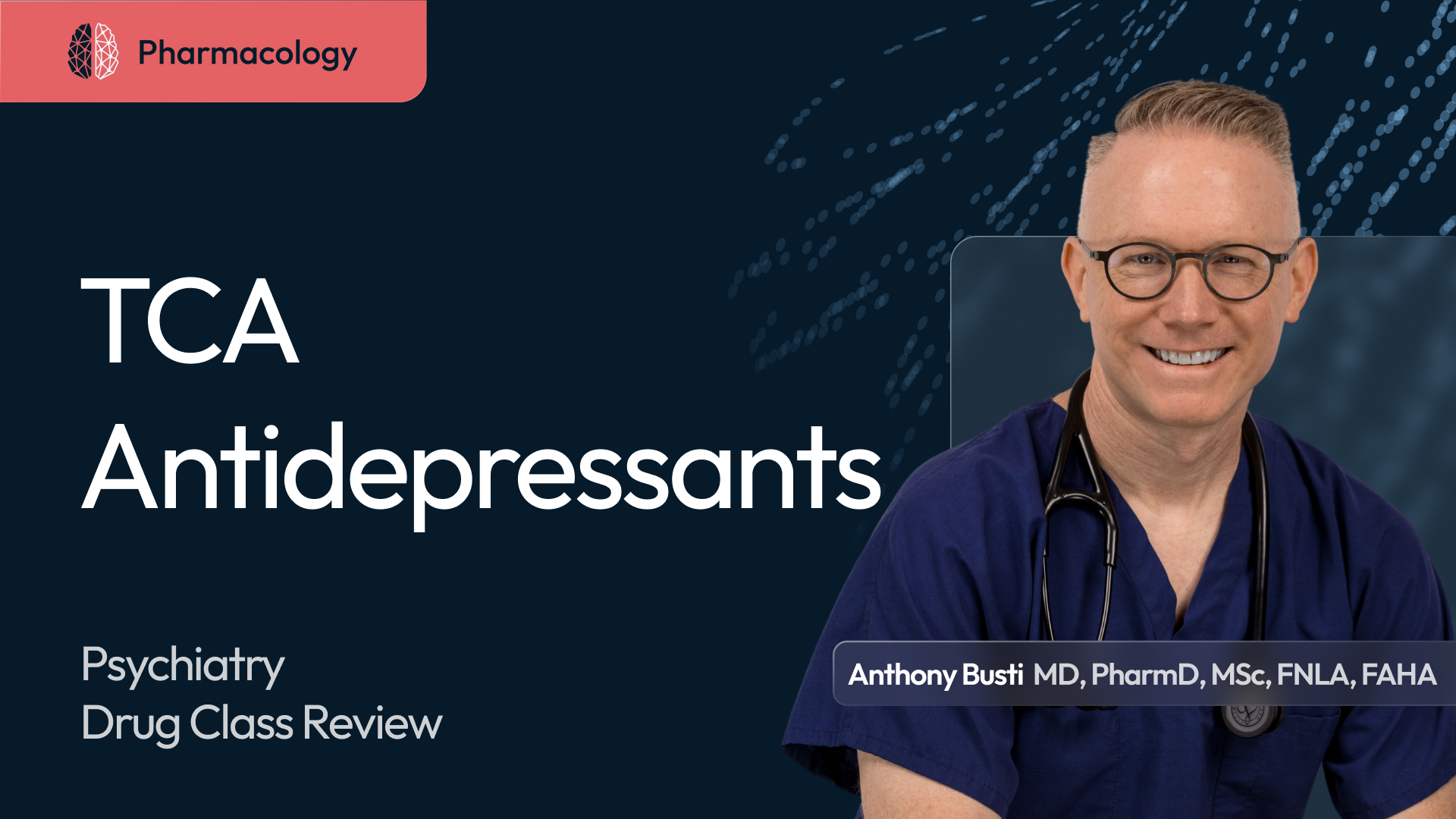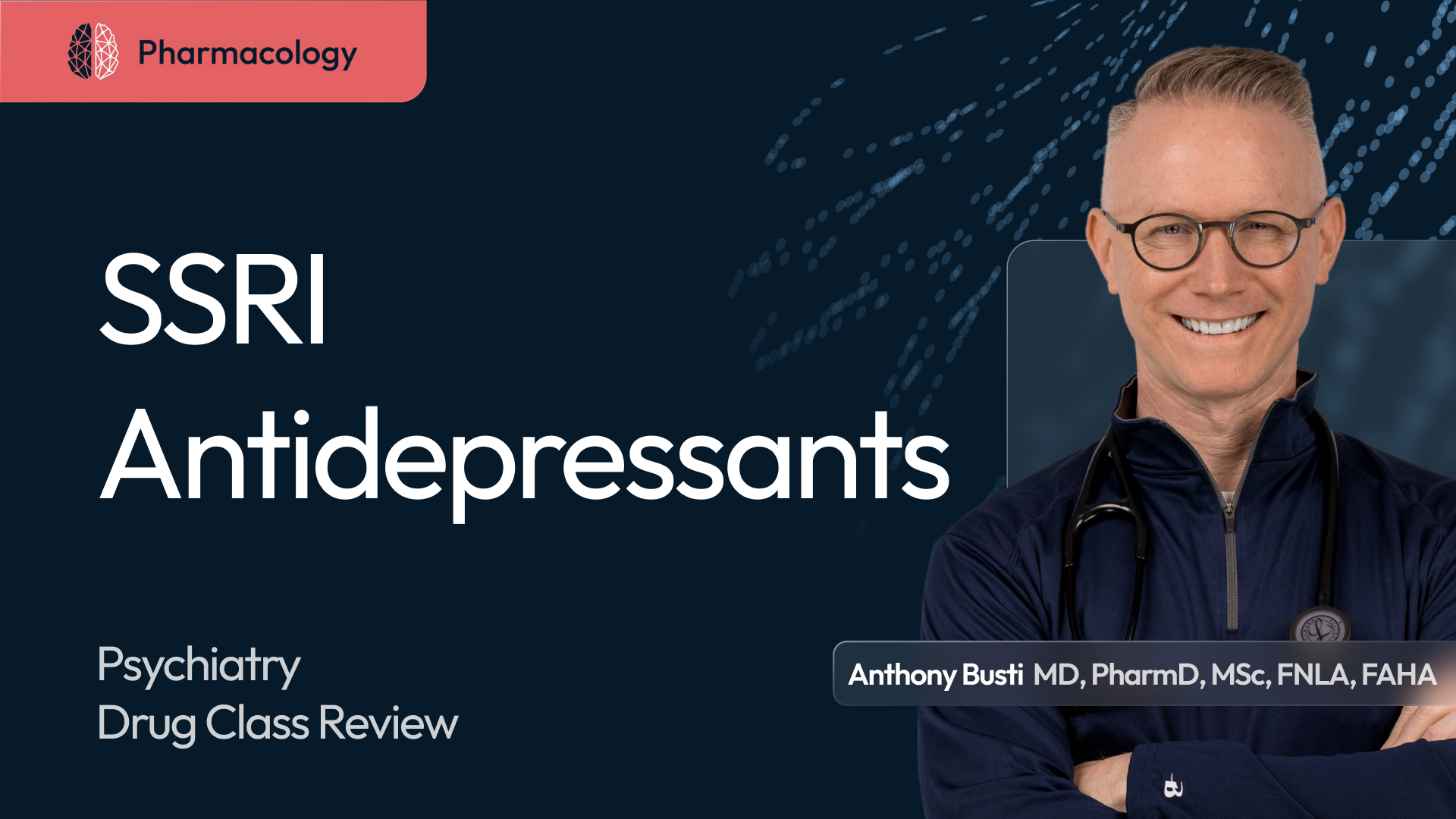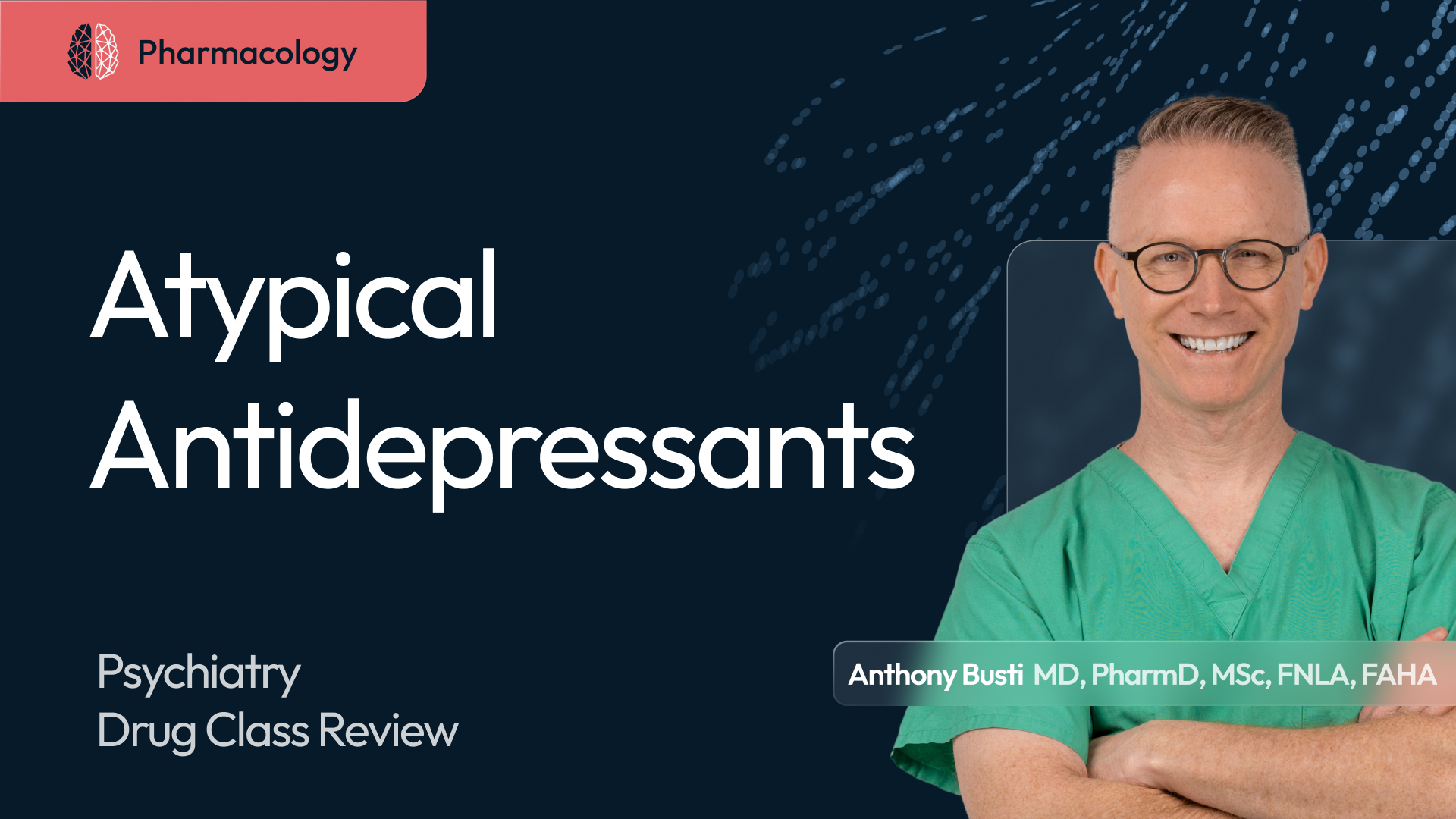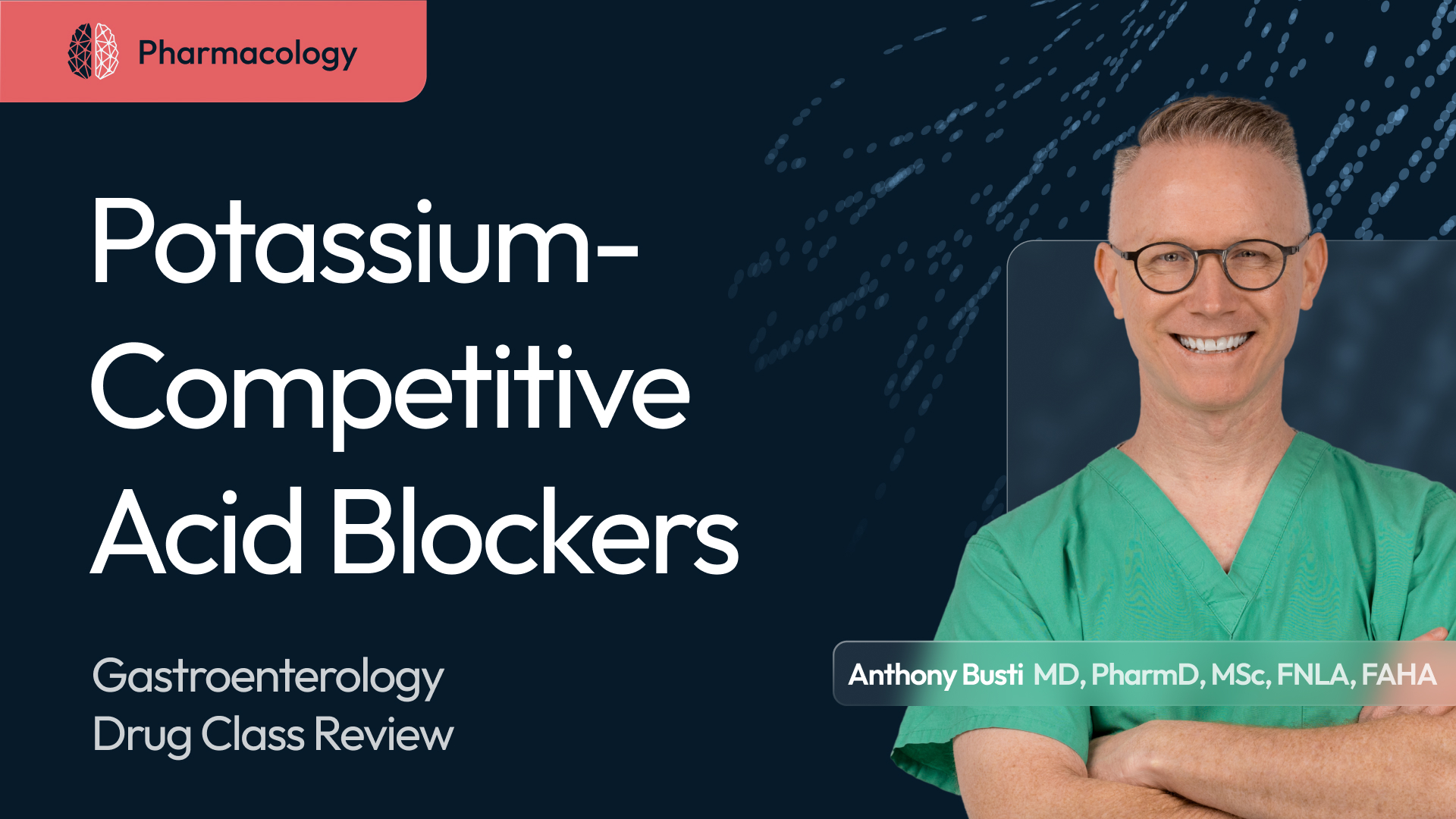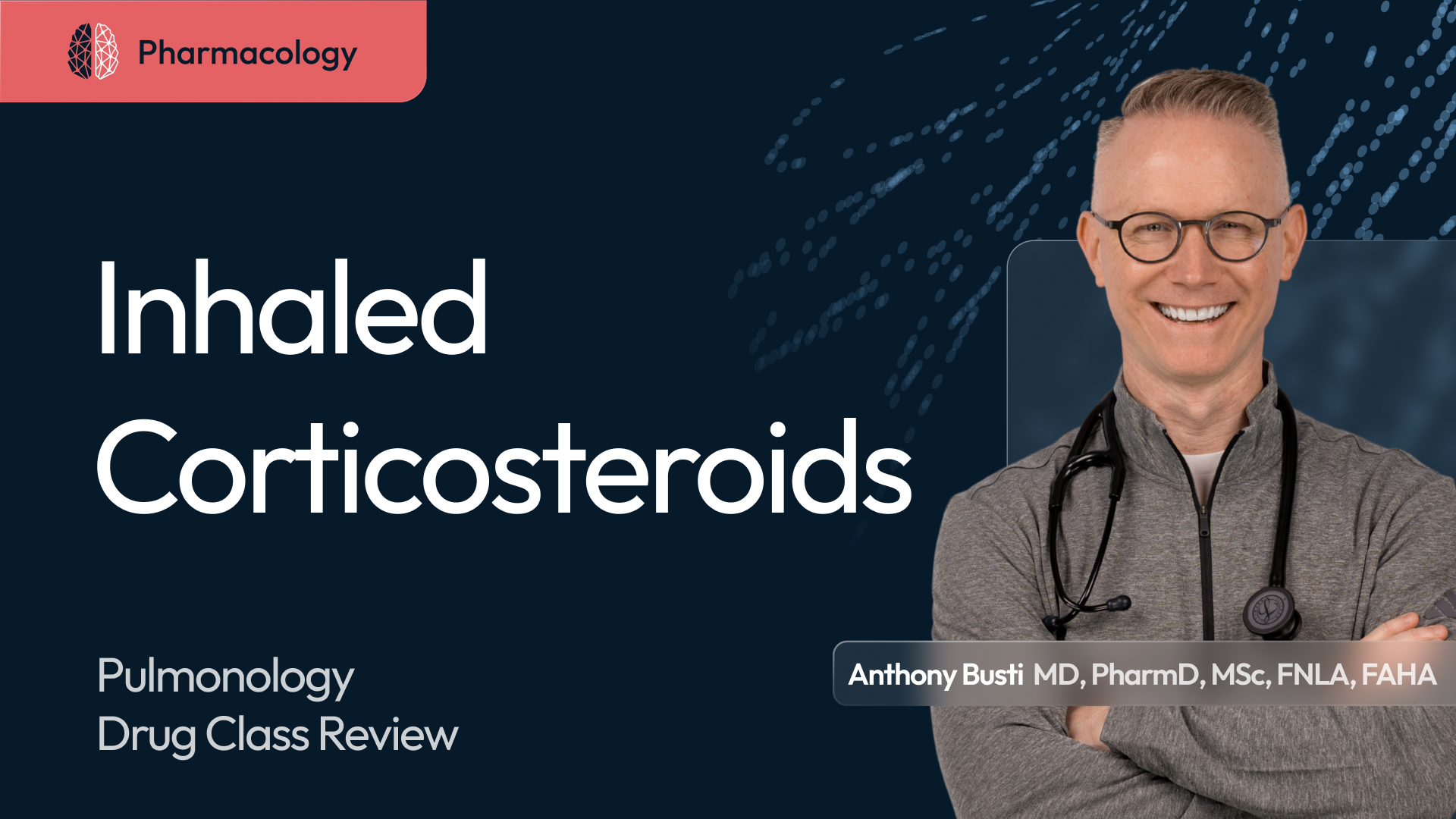Proton Pump Inhibitors (PPI): Pharmacology Made Easy & Clinically Relevant
The PPIs are antacids used in conditions like gastritis, peptic ulcer disease, H. pylori, & GERD. Their value lies in understanding how and why they differ from other antacids. Don't just memorize. Learn to understand.

In this This Is Why with Dr. Busti pharmacology review, Dr. Busti dives into the proton pump inhibitors (PPIs)—one of the most transformative and widely used drug classes in modern medicine. These agents, including omeprazole, esomeprazole, lansoprazole, dexlansoprazole, pantoprazole, and rabeprazole, fundamentally changed the treatment of GERD, peptic ulcer disease, erosive esophagitis, and H. pylori infection by overcoming the limitations of H₂ receptor antagonists, especially tolerance and incomplete acid suppression.
This episode connects the why behind their clinical use:
- How irreversible inhibition of the H⁺/K⁺-ATPase achieves durable acid control
- Why pH >4 (healing) and >6 (bleeding control) are clinical targets
- How genetic polymorphisms (CYP2C19) and drug interactions (e.g., clopidogrel) influence outcomes
- What side effects matter most long-term — from hypomagnesemia and B₁₂ deficiency to infection risks and bone effects
Whether in the ICU (IV pantoprazole/esomeprazole) or outpatient care, this review helps you master when, why, and how to use PPIs effectively.
Disclaimer: This content is for educational purposes only and is not intended to provide medical advice, diagnosis, or treatment. Always seek the advice of your physician or other qualified health provider with any questions you may have regarding a medical condition. Never disregard professional medical advice or delay in seeking it because of something you have heard in this content.
Chapter Table of Contents
00:00 – Introduction: What are PPIs and why they matter
02:20 – The need for PPIs: Overcoming H₂ blocker tolerance
04:15 – Drugs in the class: Omeprazole, Esomeprazole, Lansoprazole, Dexlansoprazole, Pantoprazole, Rabeprazole
06:30 – Indications overview: GERD, peptic ulcer disease, erosive esophagitis, H. pylori, Zollinger-Ellison syndrome, GI bleed
10:20 – Anatomy context: Esophagus, stomach, duodenum, and GI bleed relevance
13:40 – The parietal cell: Where acid is made and where PPIs act
17:00 – Mechanism of action: Irreversible inhibition of the proton pump
19:40 – Comparing antacid classes: H₂ blockers vs PPIs vs P-CABs
22:00 – Pharmacokinetics: Absorption, half-life, and duration explained
26:45 – CYP2C19 genetics and metabolism: Why patients respond differently
29:30 – Adverse effects: Infections, magnesium, B₁₂, and bone health
33:50 – Drug interactions: Acid-dependent absorption and CYP2C19 effects
36:50 – Monitoring parameters: Labs, symptoms, and special populations
40:20 – Counseling tips: Timing, adherence, and when to reassess
43:10 – Clinical pearls: Deprescribing and avoiding overuse
46:30 – Summary and closing thoughts
More than just access—it’s where understanding deepens.
Create a free account or log in to gain access to this content!
Dive Deeper
Bonus Video (ad free)
Downloads
PPI Antacid Tables
Dive Deeper
Bonus Video
Downloads
PPI Antacid Tables








